A child jumps up from his seat in the middle of a classroom assignment. again.
A student acts out as he tries to make his classmates laugh. A play date friend hits and kicks other kids during play. A peer grabs toys from her friends hands. A child interrupts his mom while she’s on an important call with the pediatrician.
All of these situations are signs of impulsiveness. They are developmental stages that children go through as they grow in their social and emotional abilities. But sometimes, this developmental stage gets “stuck” and the impulsiveness just doesn’t stop despite working on impulsivity with the child. The ability to self-monitor one’s actions, or impulse control, has underlying reasons for the behaviors you see in the classroom or play dates.
Many times, impulsive actions are a brain-based result of modulation.
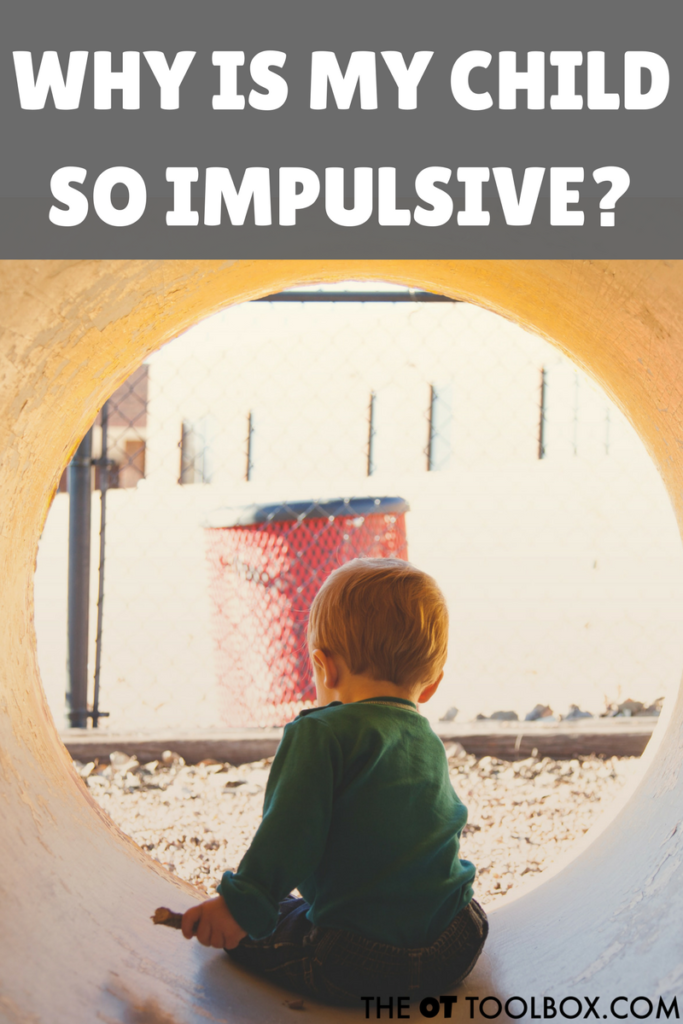
What is modulation?
Modulation is the ability to adapt or respond to circumstances. On a cellular basis in the brain, modulation refers to responses to neural activity that occurs as a result of sensory input being processed and interpreted by peripheral and neuronal cells in the central nervous system.
Modulation of sensory input is a crucial ability of our brain and body. The ability to filter out sensations and attend to the important information allows us to maintain an optimal level of arousal.
When we attend to the important information, modulation occurs. If that ability to modulate information is inadequate, our attention is distributed among all of the many changes of sensation bombarding our systems from the environment.
When we attend to the important information, modulation occurs. If that ability to modulate information is inadequate, our attention is distributed among all of the many changes of sensation bombarding our systems from the environment.
We’ve also covered affect modulation in detail, which is another resource you’ll want to check out.
Because the ability to receive and detect (or process) sensory information occurs at the neurological level, we can only infer what is happening based on outward behaviors. These observable performance occurs as sensory information is then integrated.
Behaviorally, modulation is reflected by how we respond or don’t respond to our environment. Responses are typically seen as sensory-seeking or sensory avoiding. Poor responses can also be expressed as distractibility, attention level, disorganization, anxiety, and impulsivity.
So, it might just be that the child who can’t control their impulse to have the last word is also hypersensitive to sensory input. The child who can’t stand in their place in line and needs to shove and push may be also be hyposensitive to sensory input. The underlying reasons might not be obvious, but they are there.

That’s why I created The Impulse Control Journal.
The Impulse control journal is a printable journal for kids that helps them to identify goals, assess successes, and address areas of needs. The Impulse Control Journal is a printable packet of sheets that help kids with impulse control needs.
Read more about The Impulse Control Journal HERE.
The Impulse Control Journal has been totally revamped to include 79 pages of tools to address the habits, mindst, routines, and strategies to address impulse control in kids.
More about the Impulse Control Journal:

The Impulse control journal is a printable journal for kids that helps them to identify goals, assess successes, and address areas of needs. The Impulse Control Journal is a printable packet of sheets that help kids with impulse control needs.
Read more about The Impulse Control Journal HERE.
The Impulse Control Journal has been totally revamped to include 79 pages of tools to address the habits, mindst, routines, and strategies to address impulse control in kids.
More about the Impulse Control Journal:
- 30 Drawing Journal Pages to reflect and pinpoint individual strategies
- 28 Journal Lists so kids can write quick checklists regarding strengths, qualities, supports, areas of need, and insights
- 8 Journaling worksheets to pinpoint coping skills, feelings, emotions, and strategies that work for the individual
- Daily and Weekly tracking sheets for keeping track of tasks and goals
- Mindset,Vision, and Habit pages for helping kids make an impact
- Self-evaluation sheets to self-reflect and identify when inhibition is hard and what choices look like
- Daily tracker pages so your child can keep track of their day
- Task lists to monitor chores and daily tasks so it gets done everyday
- Journal pages to help improve new habits
- Charts and guides for monitoring impulse control so your child can improve their self-confidence
- Strategy journal pages to help kids use self-reflection and self-regulation so they can succeed at home and in the classroom
- Goal sheets for setting goals and working to meet those goals while improving persistence
- Tools for improving mindset to help kids create a set of coping strategies that work for their needs
This is a HUGE digital resource that you can print to use over and over again.
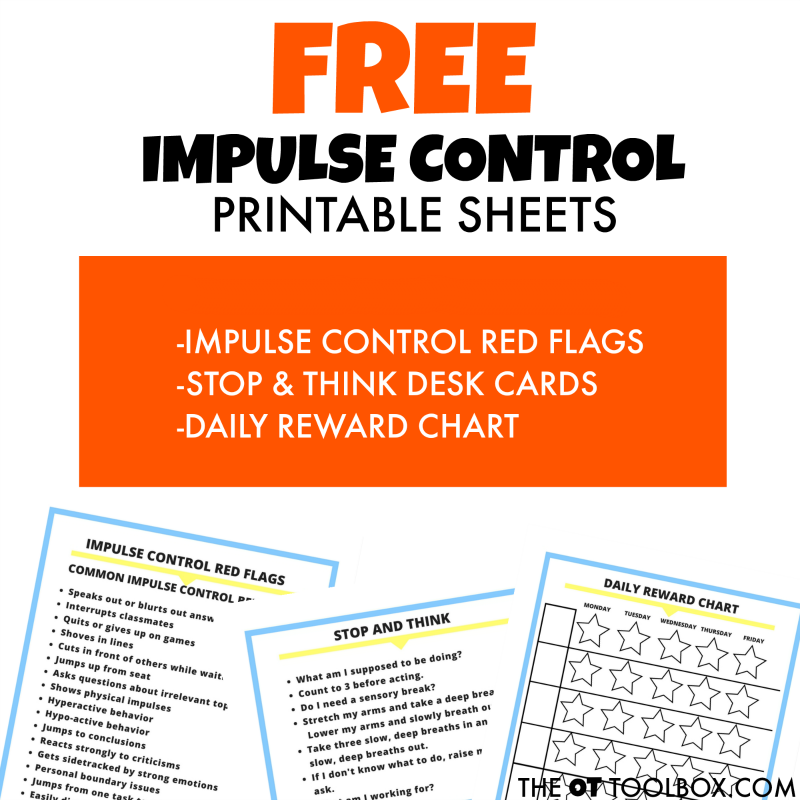
These free impulse control printable sheets and MORE information on modulation as it impact impulsivity and other executive functioning areas can be found in my free executive functioning skills email course. Join us for 5 lessons that will explain executive functioning and change how you think about impulse control.
Click here to join the free executive functioning email course and access the free printables.

Colleen Beck, OTR/L has been an occupational therapist since 2000, working in school-based, hand therapy, outpatient peds, EI, and SNF. Colleen created The OT Toolbox to inspire therapists, teachers, and parents with easy and fun tools to help children thrive. Read her story about going from an OT making $3/hour (after paying for kids’ childcare) to a full-time OT resource creator for millions of readers. Want to collaborate? Send an email to contact@theottoolbox.com.
New Feature...DOWNLOAD THIS POST AS A PDF! CLICK HERE


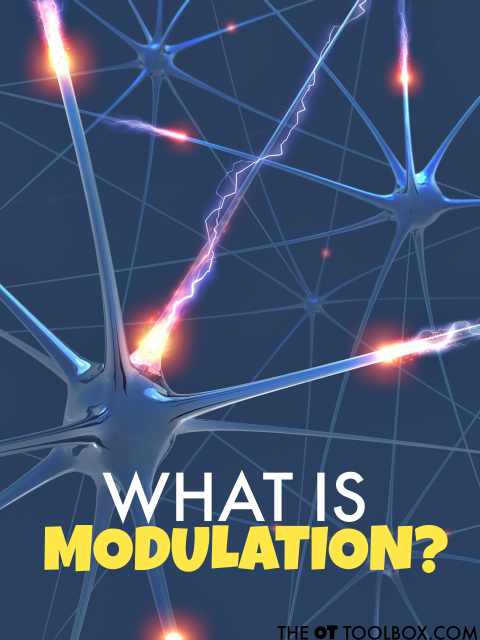
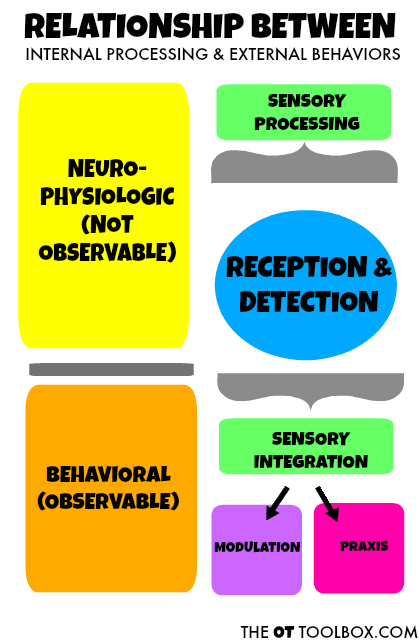
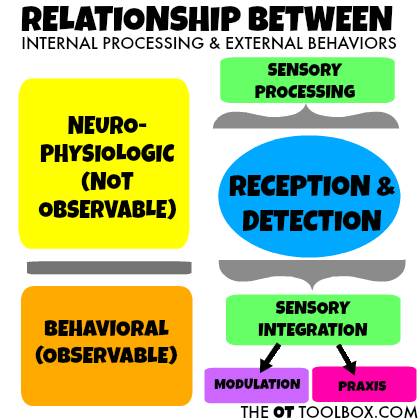






2 thoughts on “How Does Sensory Modulation Impact Impulsivity”
Thank you!
Wow that was unusual. I just wrote an incredibly long comment but after I clicked
submit my comment didn’t appear. Grrrr…
well I’m not writing all that over again. Anyways, just wanted to say wonderful blog!
Comments are closed.